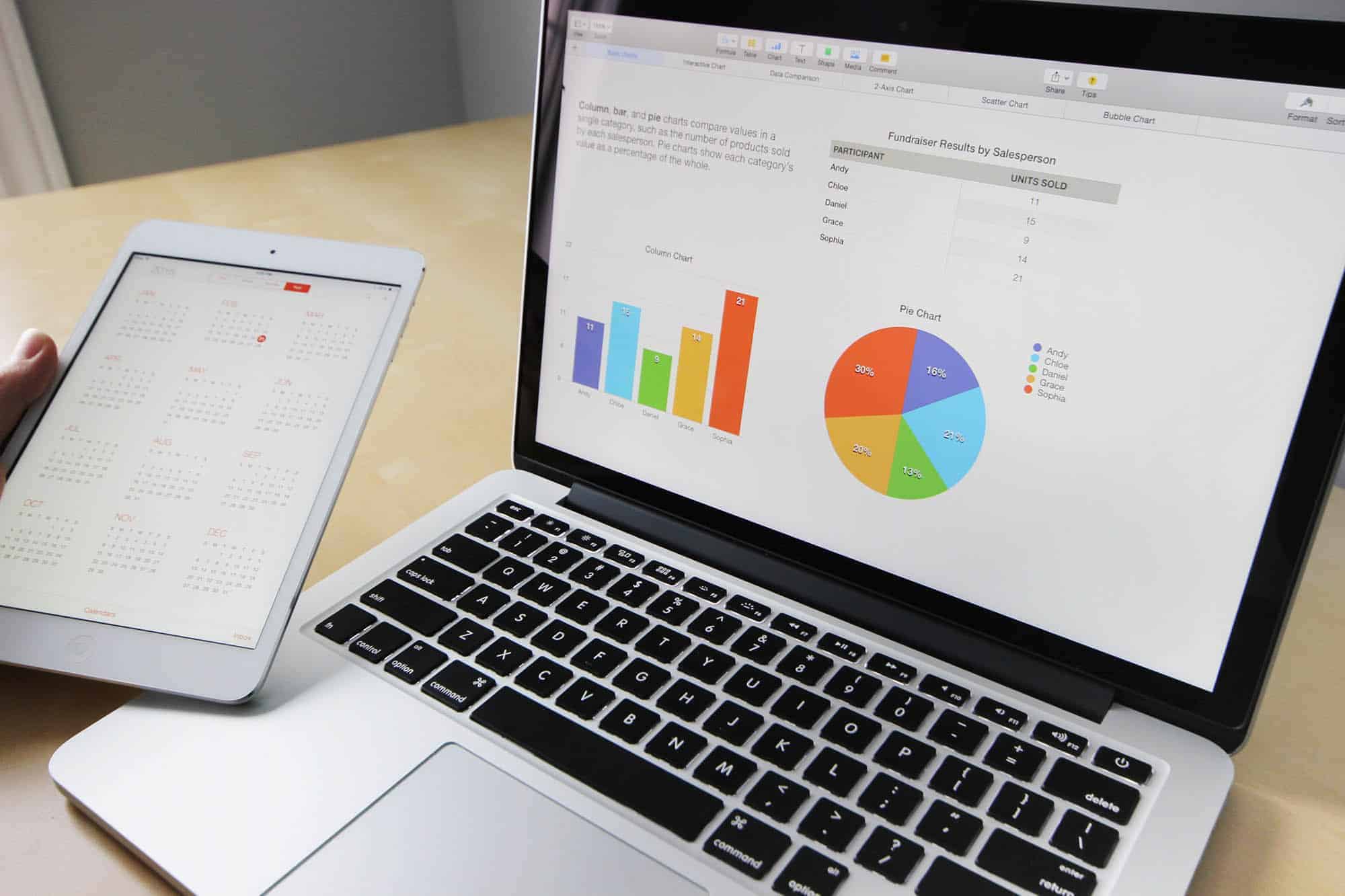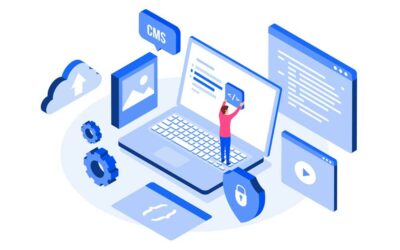A digital marketing strategy cannot be complete without PPC ads in the toolbox. To be clear, you can run your digital marketing campaign using purely organic, unpaid processes such as optimized content marketing, social media marketing, and video-based marketing techniques.
Organic digital marketing won’t cost much but the results could take time because your efforts are intended to target potential end-users and drive them to your website where its features can hopefully convert interest into sales.
How much time are we talking about? The results might vary depending on the effectiveness of your organic digital marketing plan but it won’t be as fast as using paid channels such as PPC ads.
What Is PPC Advertising?
PPC stands for Pay-Per-Click advertising. This is a form of paid digital marketing whereby the advertiser pays a fee to the agency or platform whenever someone clicks on his ad.
The great thing about PPC advertising is that it’s the fastest way to get visitors to your website because when a viewer clicks on your ad, he ends up on your landing page.
In contrast, if you utilize unpaid or organic forms of digital marketing, you’ll be relying on your content to entice the reader to go to your website. It can be a hit or miss especially if your content isn’t optimized for search engines.
The first step in PPC advertising is to research the best keywords for your ads. Once you identify these keywords, you pay the agency to use them in your PPC ads. There are 2 PPC models to choose from:
- Flat or Fixed Rate PPC – The agency has a fixed price per keyword and you pay this fee every time someone clicks on your ad.
- Bid Type PPC – In this model, you bid the highest amount of money that you’re willing to pay for the keyword. The agency starts an auction that’s activated whenever a visitor clicks on the ad.
The biggest benefit of PPC advertising is that the agency places your ad directly in front of consumers who would most likely be interested in buying your product or service.
How Does PPC Advertising Work?
We refer to the service provider as an agency but these platforms are the search engines like Google and social media networks such as Facebook, YouTube, and Twitter.
Therefore, these agencies have algorithms in place that allow them to gather data about users’ online behavior. The agency will use the data to create a buyer’s profile – the people who are most likely to buy your product.
Once the agency has targeted your market, your ads will appear on their news feed or home page. Therefore, the chances of people clicking on your ad are greater because based on their search history, these are the ones who have shown interest in products and services that are similar to yours.
As the largest search engine on the Internet, it was a natural transition for Google to venture into paid advertising. The search engine giant acquired YouTube in 2006.
YouTube is the second largest search engine and one of the most popular social media platforms on the Internet. The acquisition is widely considered one of the best business moves in the technology market as it increased the reach of Google and YouTube ad placements.
Although PPC ads use keywords which is the cornerstone of optimized content, this can be a hit-or-miss strategy as well. Choose the wrong keywords and you won’t get the desired results. Choose the right keywords and you could be raking in the sales.
Put it this way. Let’s assume, your PPC costs have run up to US$20 but these ads delivered 200 visits to your website. If one or a few of those visits were converted into sales worth US$200, then the investment was well worth it.
Of course, that’s an oversimplification of the process. Seeing results from your PPC advertising efforts isn’t cut and dry. There’s no fixed timetable to see when your investment pays out dividends.
How To Measure Return On Your PPC Ad Investment
PPC is a form of paid digital advertising. There’s a cost to running a PPC ad campaign. Thus, even if you made a sale or a few sales, your PPC campaign can’t be considered a success if the total sales earned are lower than the Cost Per Acquisition (CPA).
The CPA answers the question, “How much did the sale cost me?”
Let’s go back to our previous example when your PPC ad cost you US$20. If the US$20 generated 2 sales, then your CPA is US$10. So, while you made some money in terms of sales, did the PPC ad campaign generate a win or a loss?
It would depend on the total amount of the sale. If the 2 units sold generated US$40 worth of sales, then clearly, the PPC ad campaign was a win. In terms of Return on Investment, you made an ROI of 100%:
US$40 (Total Sales) – US$20 (Cost of PPC) = US$20 (Net Sales)
US$20/US$20 = 1:1 or 100% ROI
Conversely, if both sales only generated US$10 then, your PPC ad campaign incurred a loss and a negative ROI.
With a clearer idea of how to measure success in PPC, let’s go back to the original question posed by this section of the article.

How Long Before I See Results From PPC Ads?
As we mentioned earlier in this article, you can get quick results with PPC advertising. These results refer to the number of visitors your website receives. PPC ads drive traffic to your website as soon as someone clicks on your ad.
A PPC ad campaign can also improve brand visibility. If your keyword game is spot on, then your ad will appear at the top of the search results. Your ad will appear before your target audience.
It doesn’t matter if the person clicks on your ad or not. Many in the audience will see your products for the first time. At the very least, your brand will be recognizable to your target audience. If they come across your content in social media, they will recognize your logo and might decide to click on your website URL.
While driving traffic to your website is certainly important, results are ultimately measured in terms of sales. You can have thousands of people visiting your website every day but if you’re not converting interest into sales, then your investment in PPC ads isn’t paying off.
Unlike website visits and brand awareness, the goal of converting interest into sales is more complicated because 2 factors could affect the desired outcome.
The first factor is the CPA. You have to manage your CPA and keep its cost as low as possible. The second factor to consider is your landing page. A well-designed landing page that effortlessly gets the value proposition across, navigable, user-friendly, and optimized for search engines will improve your conversion rate.
From our experience, you should expect to see positive results from your PPC ad campaign beginning Month #3.
Why? To manage these factors, you have to constantly monitor the performance of your PPC ad campaign and make the necessary changes. And to evaluate the performance accurately, you need data.
What To Expect When Running PPC Ads
When you launch your PPC ad campaign, you won’t get much data at all. The wheels have just started to turn and they don’t have the traction to gain a foothold in the market.
Don’t get discouraged if the numbers aren’t rolling in yet. This is good because it gives you enough time to get ready when the numbers start to come in hard and fast.
To help you out, we’ve created a timeline of what to expect during the first 3 months of your PPC ad campaign. Use our timeline to help you and your team prepare the correct game plan for a winning PPC strategy.
Month #1 – Data Gathering
It may come in trickles but start gathering data on the number of likes and clicks. There’s a way to speed up the process and that is by broadening your search for targeted keywords.
The more keywords you put out there, the more data you’ll receive. It’s as simple as that. For example, you can target keywords based on demographics such as age, gender, and the preferred type of device used for search.
Identify the keywords that generate the highest numbers of likes and clicks. Streamline the list of keywords and focus your campaign on the high-performing ones.
Month #2: Start Refining Your PPC Ad Strategy
Armed with enough data from the first month, now you can start refining your PPC ad strategy in the second month.
- Review the list of keywords that you streamlined a month ago. Which ones aren’t generating clicks? Are there keywords that are driving traffic from sources that don’t fit the profile of your target audience? Remove these keywords from your list.
- Analyze the profile of your audience. Which demographic is responding favorably to your ads? What device is commonly used by people who click on your ad?
Keep in mind that because the information is immediately available to anyone with a smartphone and an Internet connection, buyer tastes and preferences can change right away.
Always stay on top of who comprises your target audience.
- Review your PPC budget. Go over your Cost-Per-Click (CPC) data and cross-reference these with the top-performing keywords to optimize your budget for PPC advertising.
Month #3 – Implement Improvements in Your PPC Ad Strategy
By the third month, there will be less guesswork in your PPC ad strategy. You had the data necessary to identify the potential pain points of your campaign and to come up with the proposed set of solutions. Now, it’s time to implement these improvements in your PPC ad strategy.
Remember, the improvements aren’t just ideas you plucked out from the air. These improvements are based on hard data that summarized the performance of your PPC ad campaign for the past 2 months.
Running an improved PPC ad campaign that’s been relieved of factors impeding its success should deliver the desired results.
“Should” is the keyword here but again, you’ll have to go through similar rounds to testing and data gathering as you did the previous 2 months. You might get better results in the fourth or fifth month. The important thing is to stay focused, committed, and unwavering in your strategy.
Conclusion
Should you include PPC advertising in your digital marketing strategy? If done correctly and expectations are properly managed, PPC advertising can support your organic digital marketing strategy because it can immediately drive traffic to your website and enhance brand visibility.
The important thing to keep in mind is that like other marketing strategies, PPC advertising takes time to deliver the desired results – converting interest into sales.
You have to consistently monitor its performance, identify the pain points, and come up with the necessary improvements to make your PPC campaign more effective.
If you’re interested in getting a PPC ad campaign off the ground for your business, give us a call. We’ll get you started and plan out a strategy that can payout for your business.
And if you enjoyed this article, please feel free to share it with your friends!






